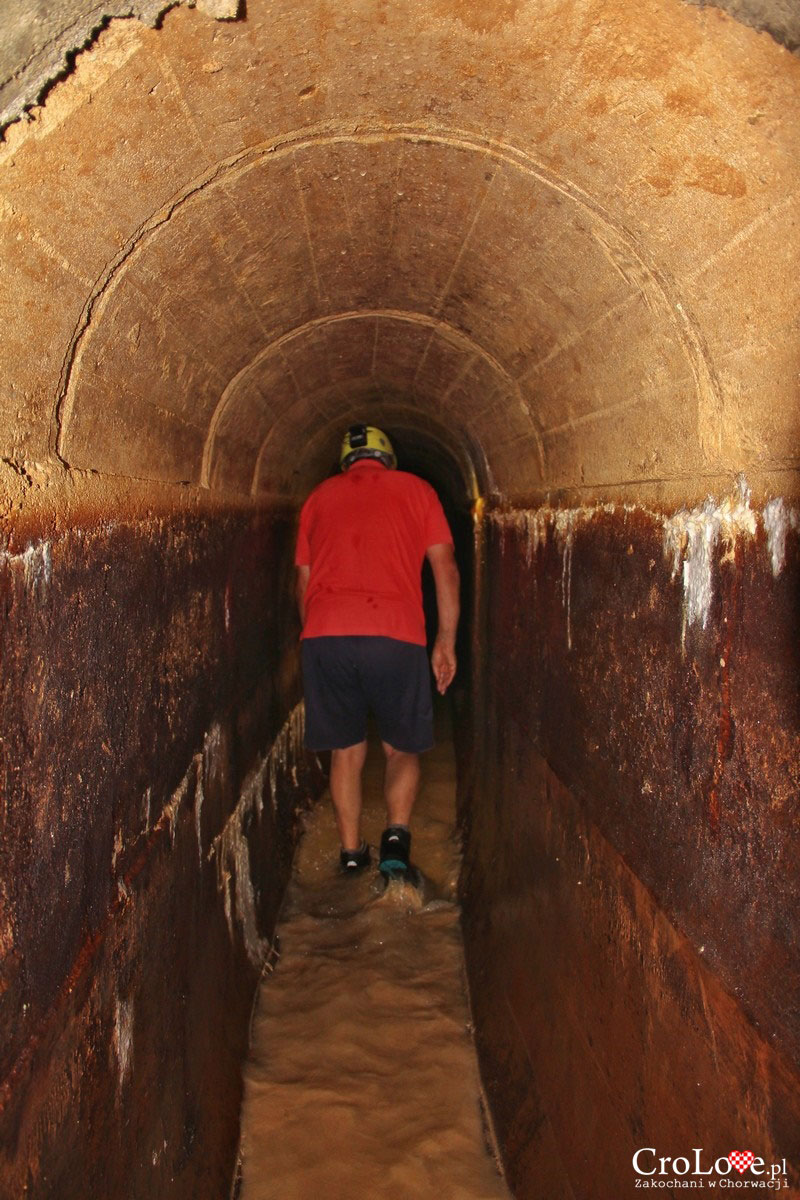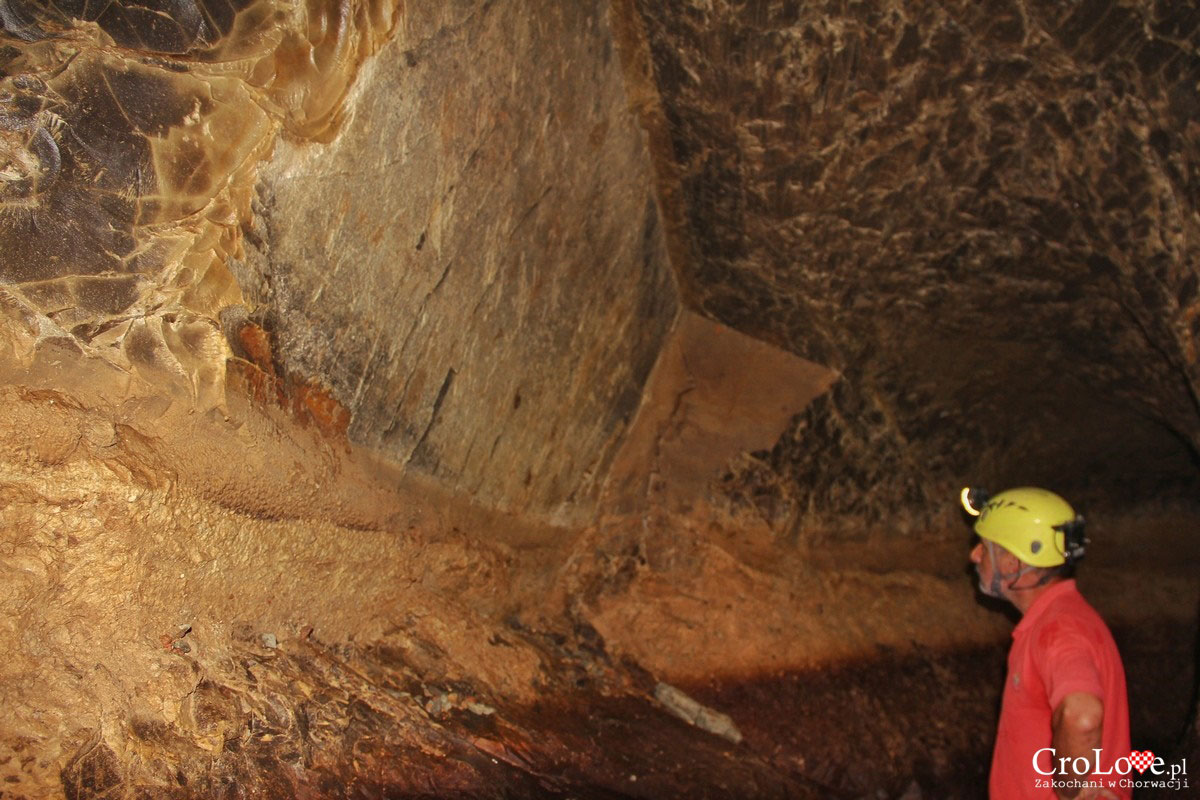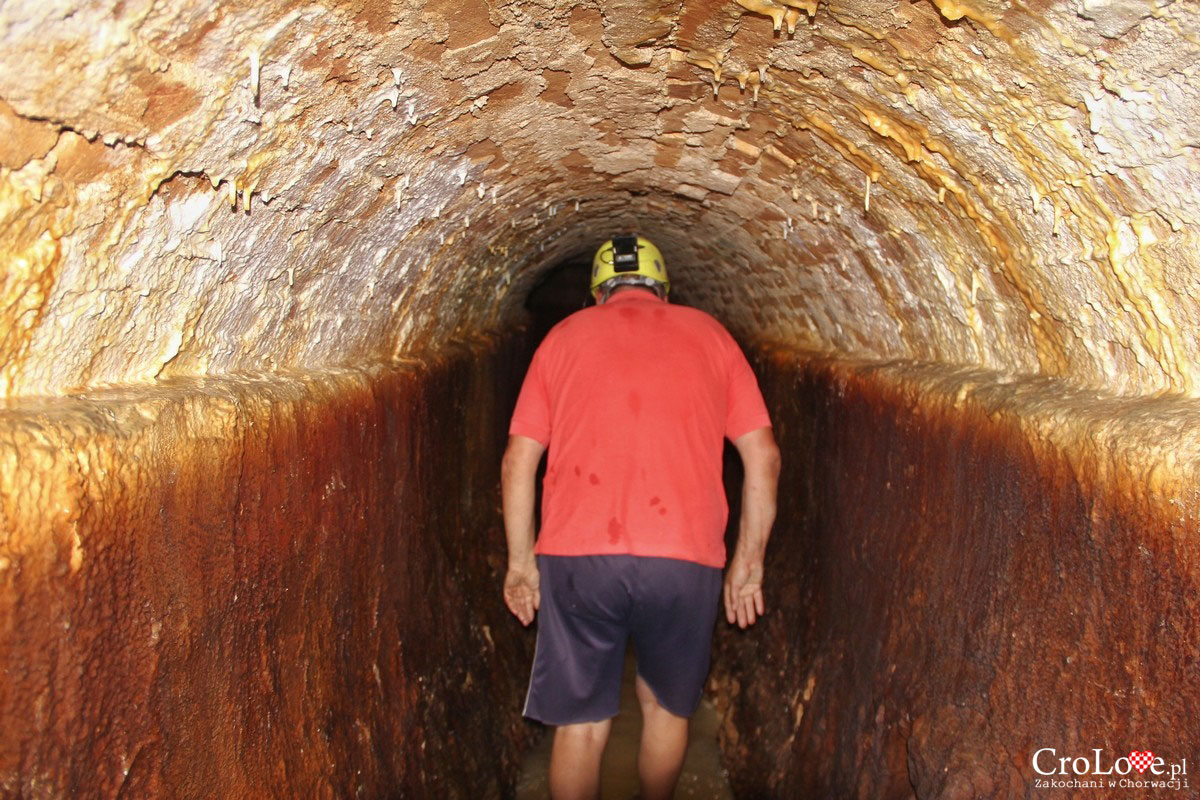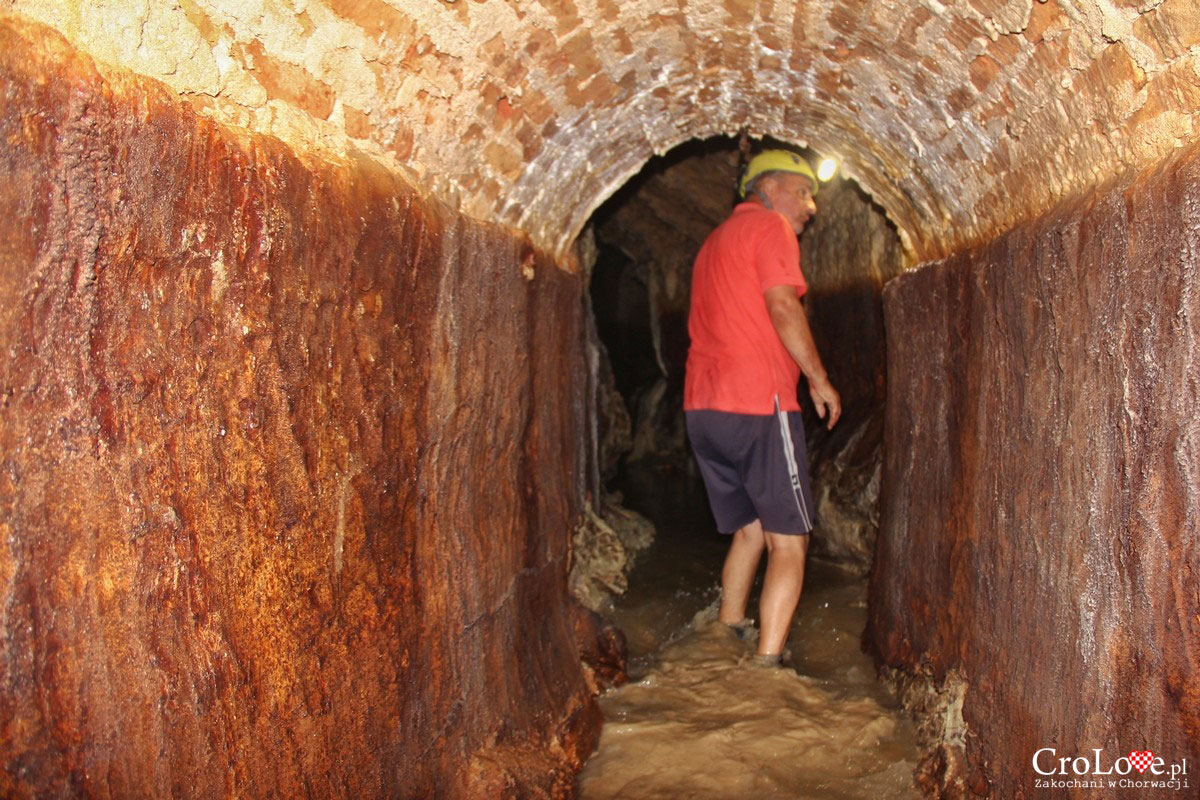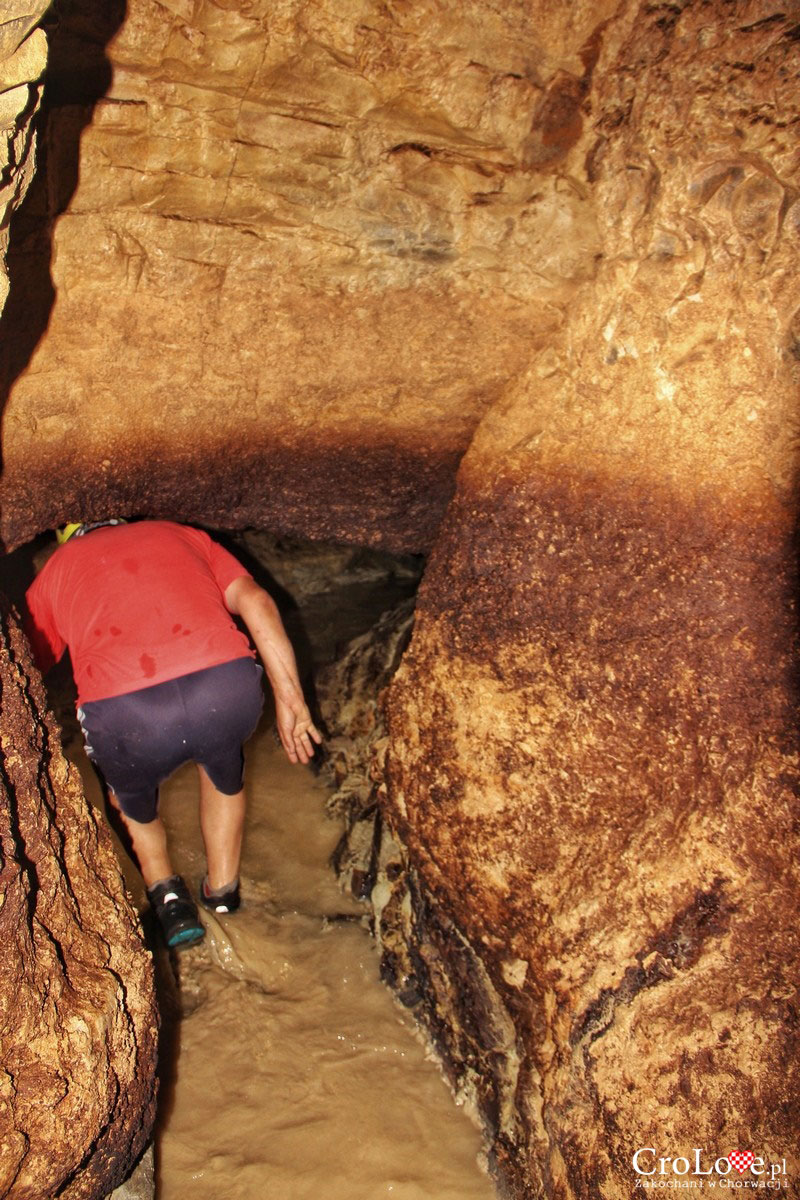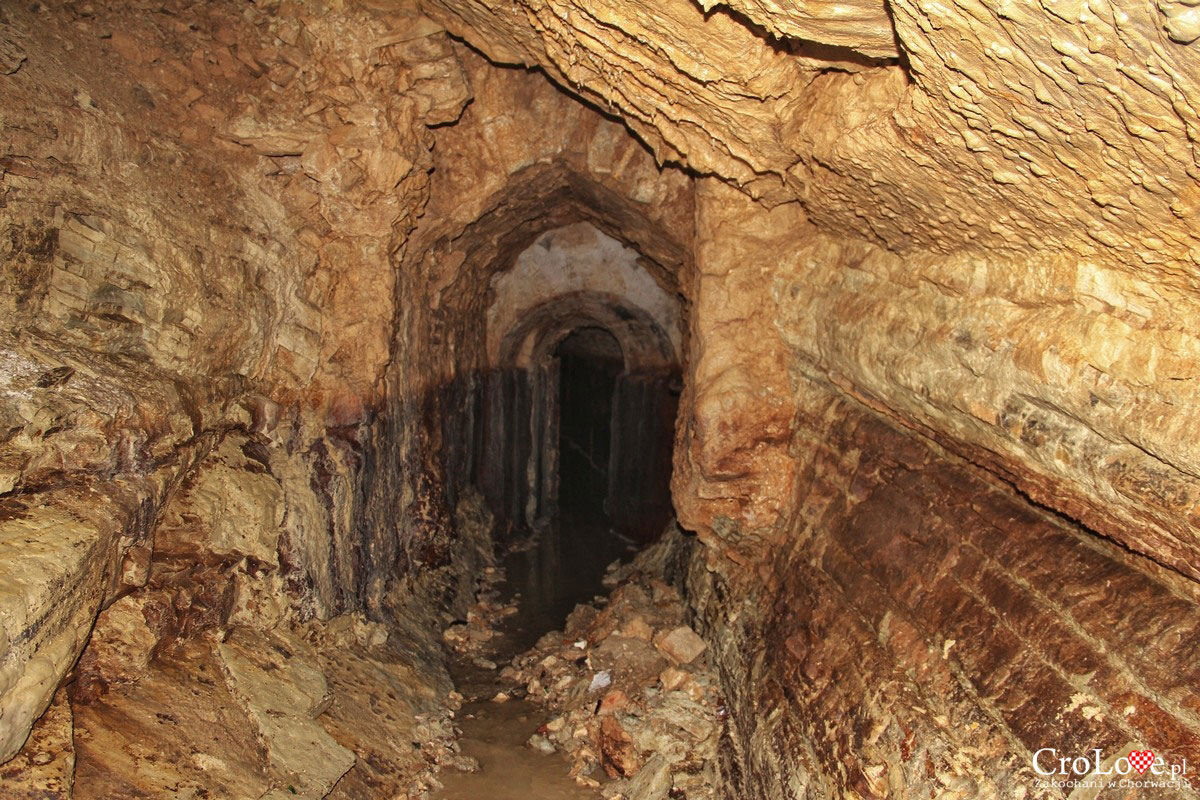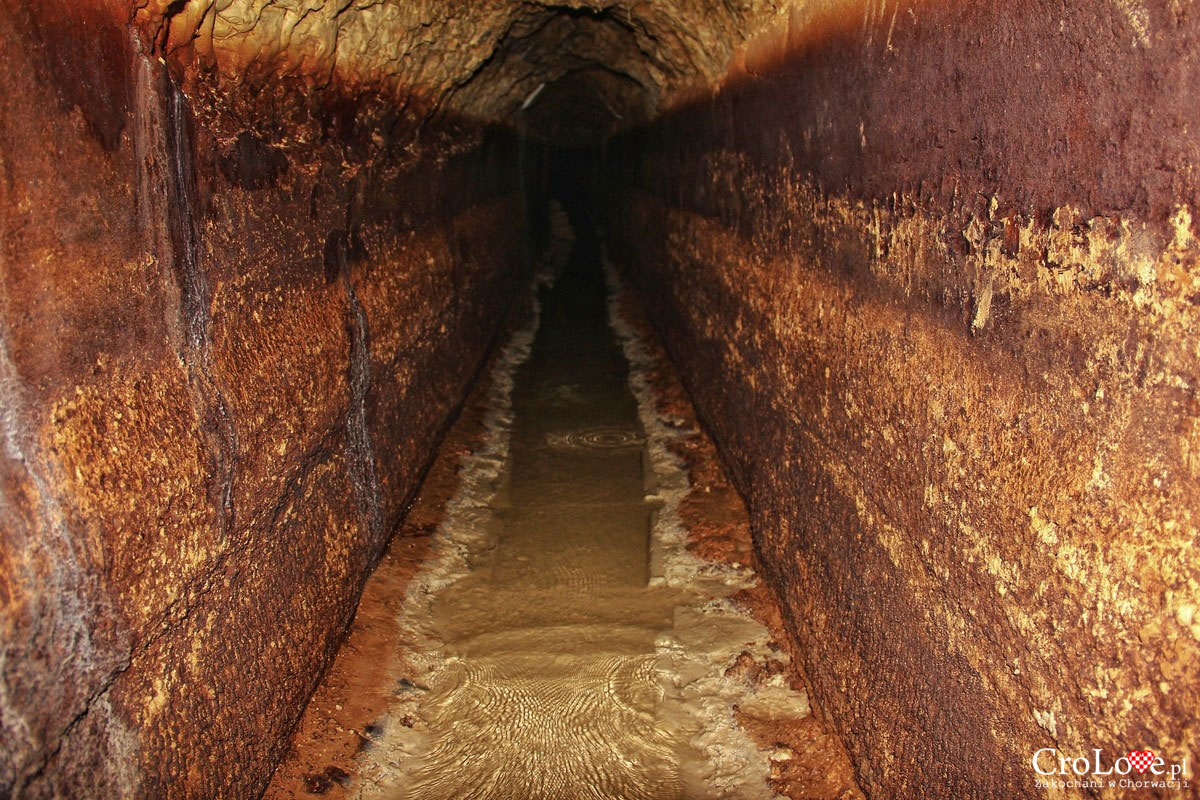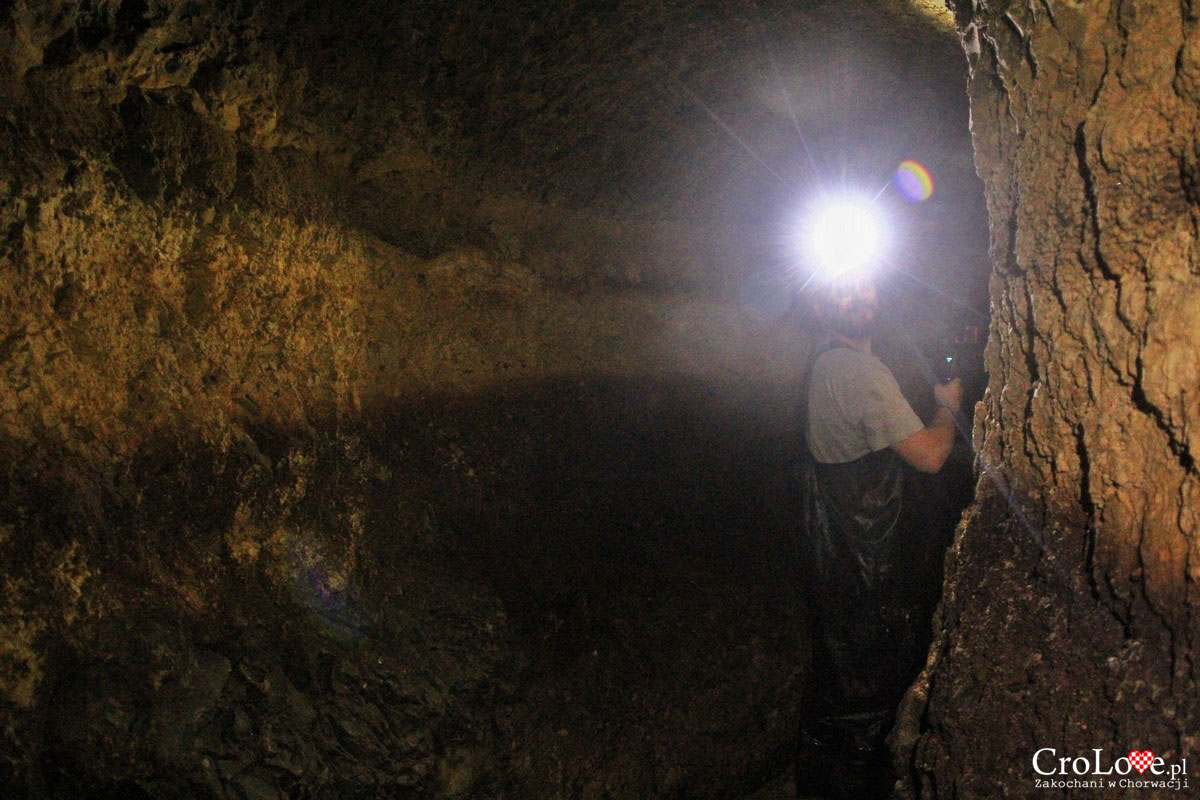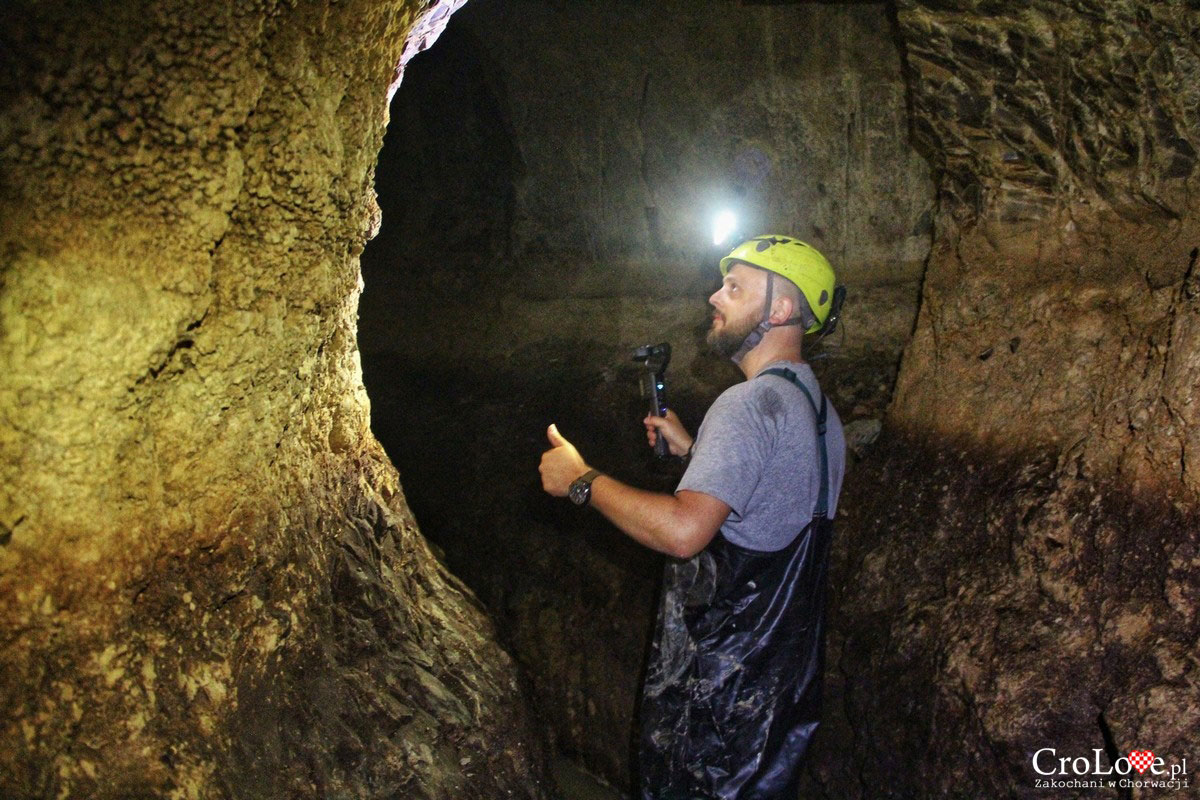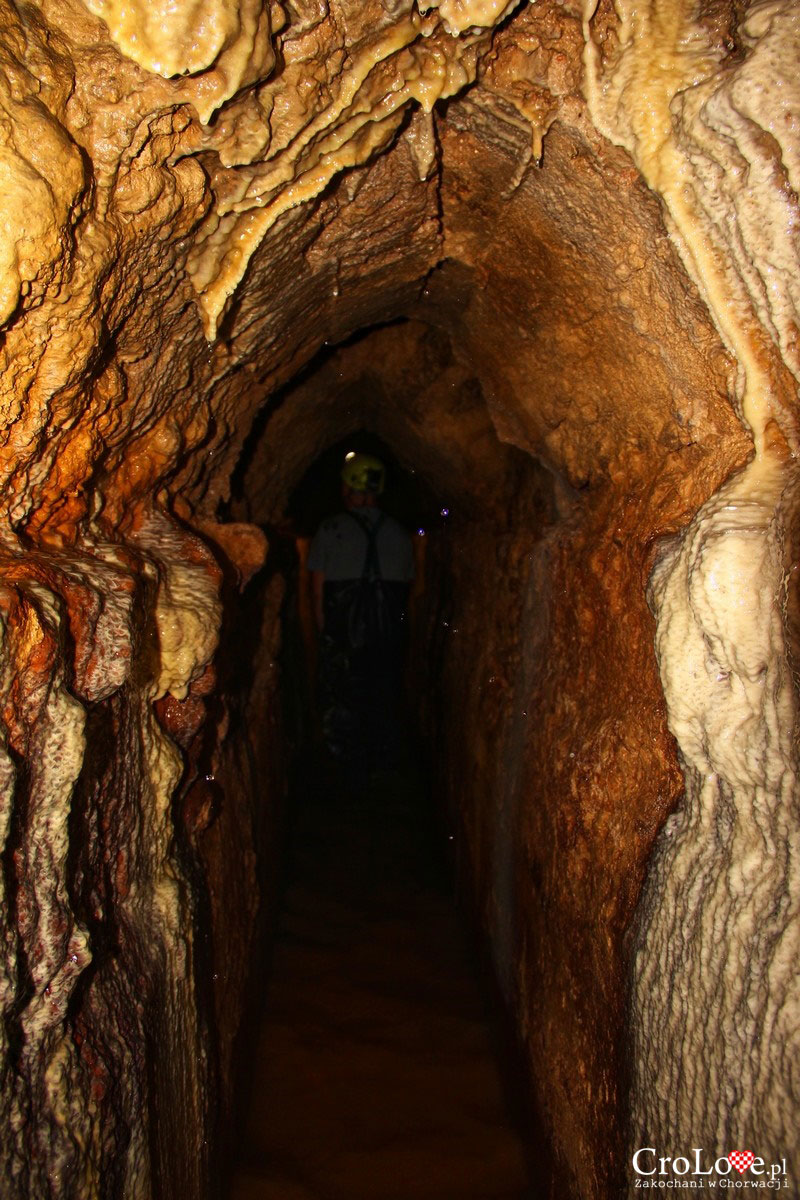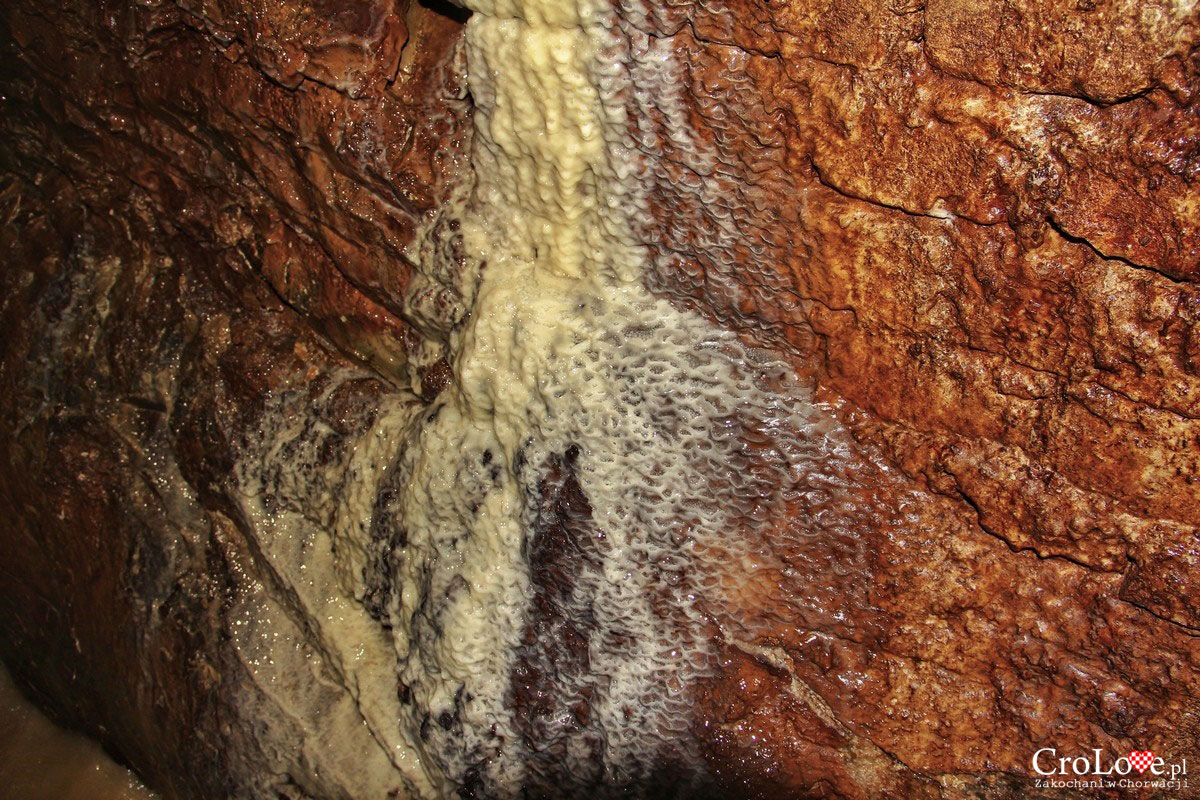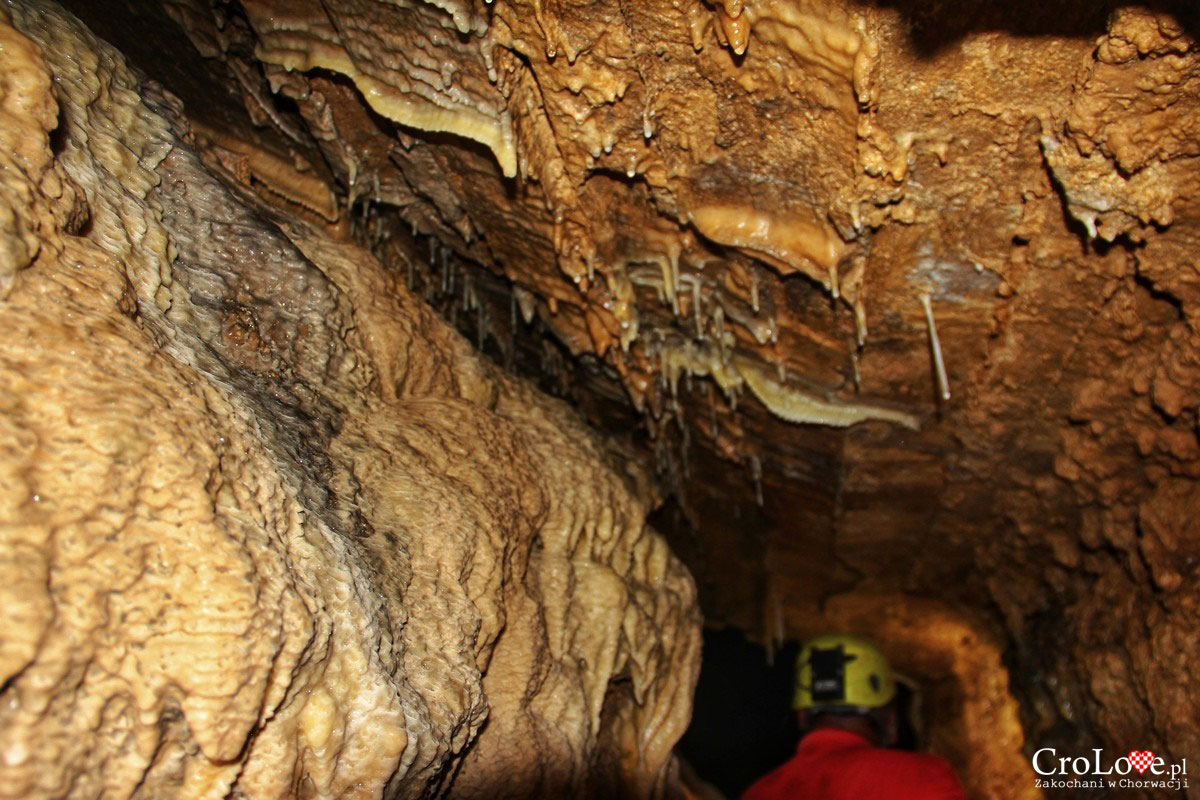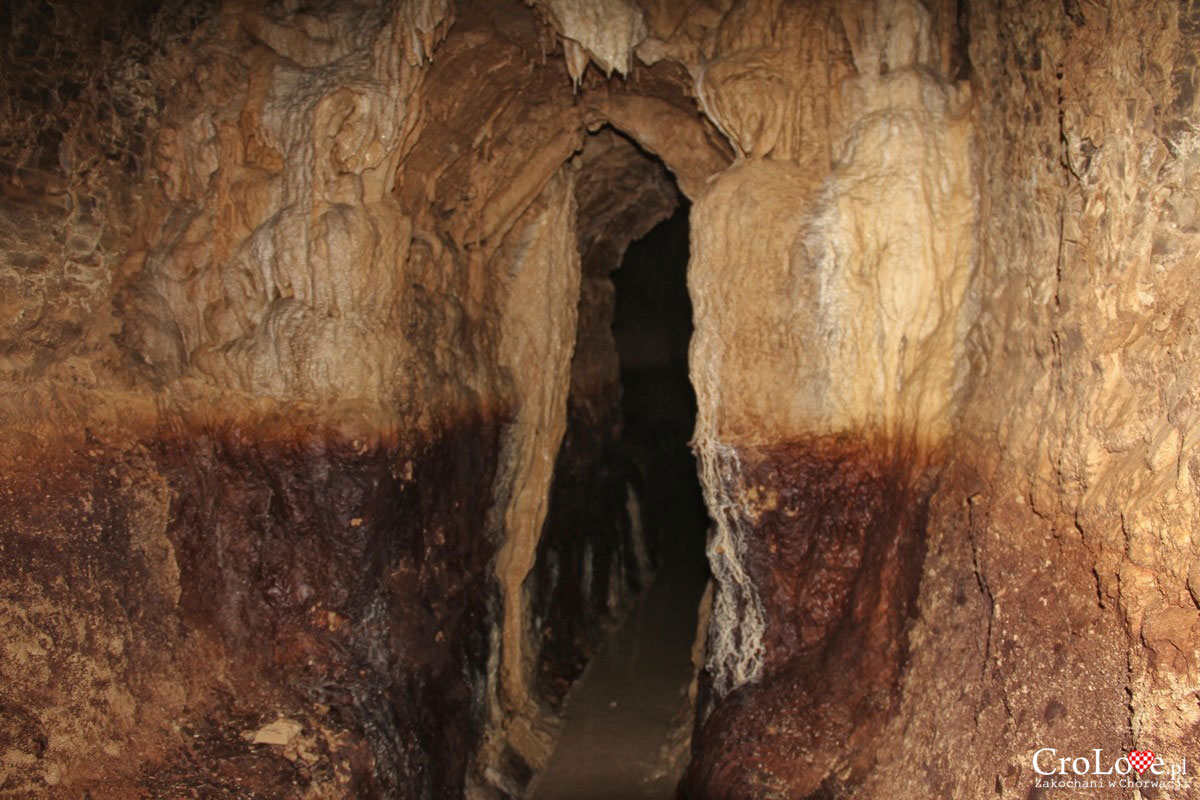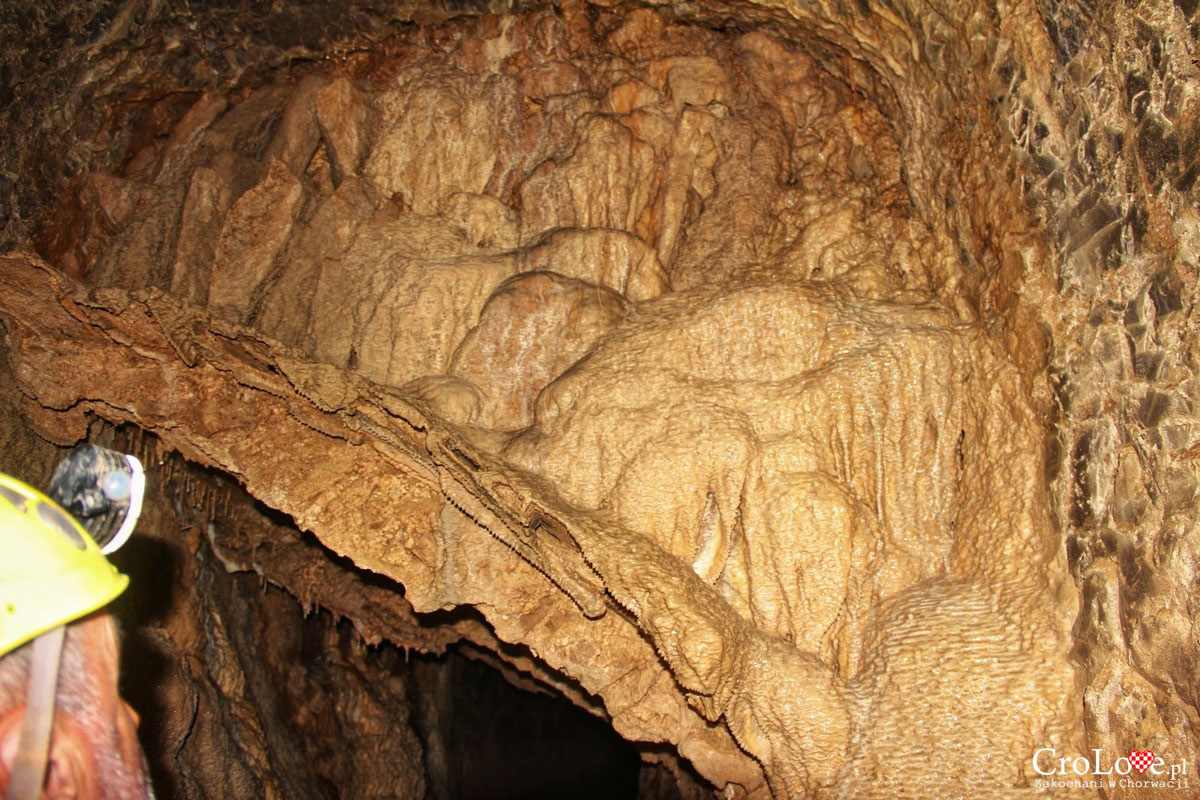For us, Croatia has long ceased to be just a place to lie on the beach and enjoy the sun. A trip without seeing or experiencing something unusual is a wasted trip. Places avoided by tourists are often much more interesting and bring more joy. We visited one of such amazing places in Split.
We had the pleasure and privilege to visit the underground part of Diocletian’s ancient aqueduct, which hides many curiosities and secrets. It was a great honor for us because over the past five years, this place was visited by no more than 50 people. We were second there as Poles. The first was Aga Puszczewicz, the current director of the Croatian Tourism Board, who took us out to the underground part of the aqueduct. You must also see it for yourself!
Diocletian’s aqueduct in numbers
The aqueduct was built at the turn of the 3rd and 4th centuries, at the same time as Diocletian’s Palace in Split. The entire aqueduct is about 9 km long, however its underground part available for visitors, is about 700 metres long and it starts at km 5. The tunnel is located under the district of Split, Ravne Njive.
The aqueduct begins in the area of the ancient Salona, where it took water from the Jadro River to the Diocletian’s Palace. The difference in level is 33 m and the slope is equal 3% on the entire stretch. Every few tens of meters, steel pins are nailed into the wall of the tunnel. They were used to fit a string that helped the constructors set the slope.
If we take into consideration the fact that the aqueduct was created between the 3rd and 4th centuries AD and its part runs underground, we can imagine how great constructors were Roman architects. The photos below show, for example, how the Romans cleverly dealt with the layered arrangement of the rock (marl) and its splintering patches, changing the direction of the tunnel every moment, while maintaining the slope.
There are 32 vertical panes on the tunnel’s route, only 9 of which reach the surface. The panes were used by the builders as some kind of GPS that was showing the course of the route. Because of the panes, it was possible to carry out work in different places at the same time, which greatly speed up the construction.
REKLAMA
In the mid-sixth century, the Diocletian’s aqueduct was destroyed during the Goths invasion. The first major reconstruction of the aqueduct took place during the reign of the Austro-Hungarian Empire (1877-1880). These traces are visible mainly in the form of concrete sections of the route in the underground part of the aqueduct
Underground part of aqueduct tour
The entrance to the underground part is located somewhere in the middle of the aqueduct. Tonci Radja, one of the best speleologists in Croatia, was waiting for us in front of the entrance. The tour without Tonci would not make any sense. He’s got huge knowledge of this place and its history. Tonci is the only person who has the access to the underground part of the aqueduct. We received waders and helmets before going down.
Entrance to the tunnel
The entrance to the tunnel is located near the Tommy hypermarket. A small building similar to a transformer station, holds an extraordinary mystery. Steep stairs lead several meters down. People afraid of rats may be relieved, as we can assure you: there are no rats in the tunnel.
The tunnel
The flowing water is crystal clear. In majority of photos you can see water roiled by our group. Ceramic plates were laid at the bottom of the tunnel. Traces on the walls indicate that very long time ago the water level could reach up to about 1.5 metres. It is amazing that in some places a waterproof plaster from the time of the Roman Empire, has been preserved. The tunnel gets very narrow in several places and you can see it in the photos and the video.
Fauna and cave infiltrates
As for the fauna, some tiny albino crabs hiding under stones or the remains of wooden shuttering, may be found in the tunnel. Every few meters we encounter cave infiltrates taking various forms. Some of them are very big.
REKLAMA
The end of the tunnel
The tunnel ends at some point but the water still flows through the rock. It is obvious that the water flows to the Diocletian’s Palace but no one has found a source on palace premises by now. The most likely place the aqueduct reached is the area of the fountain located near the statue of Grgur Ninski.
Practical information
Before you decide to visit the underground part of the Diocletian’s Aqueduct, you should read the following information:
- This is not a place for people with claustrophobia
- You need about 3-4 hours to see the tunnel
- Take comfortable clothes, preferably one change of clothes
- There is high humidity in the tunnel
- Waterproof and shockproof equipment will be the best
- You take expensive electronic equipment at your own risk
- Cost of a tour: 70-75 Euro/person.
- Arranging a tour: Tonci on Facebook
Short video from the tour of underground part of aqueduct
We have prepared a short video from the walk through the aqueduct for those who are not convinced by the photos above.










